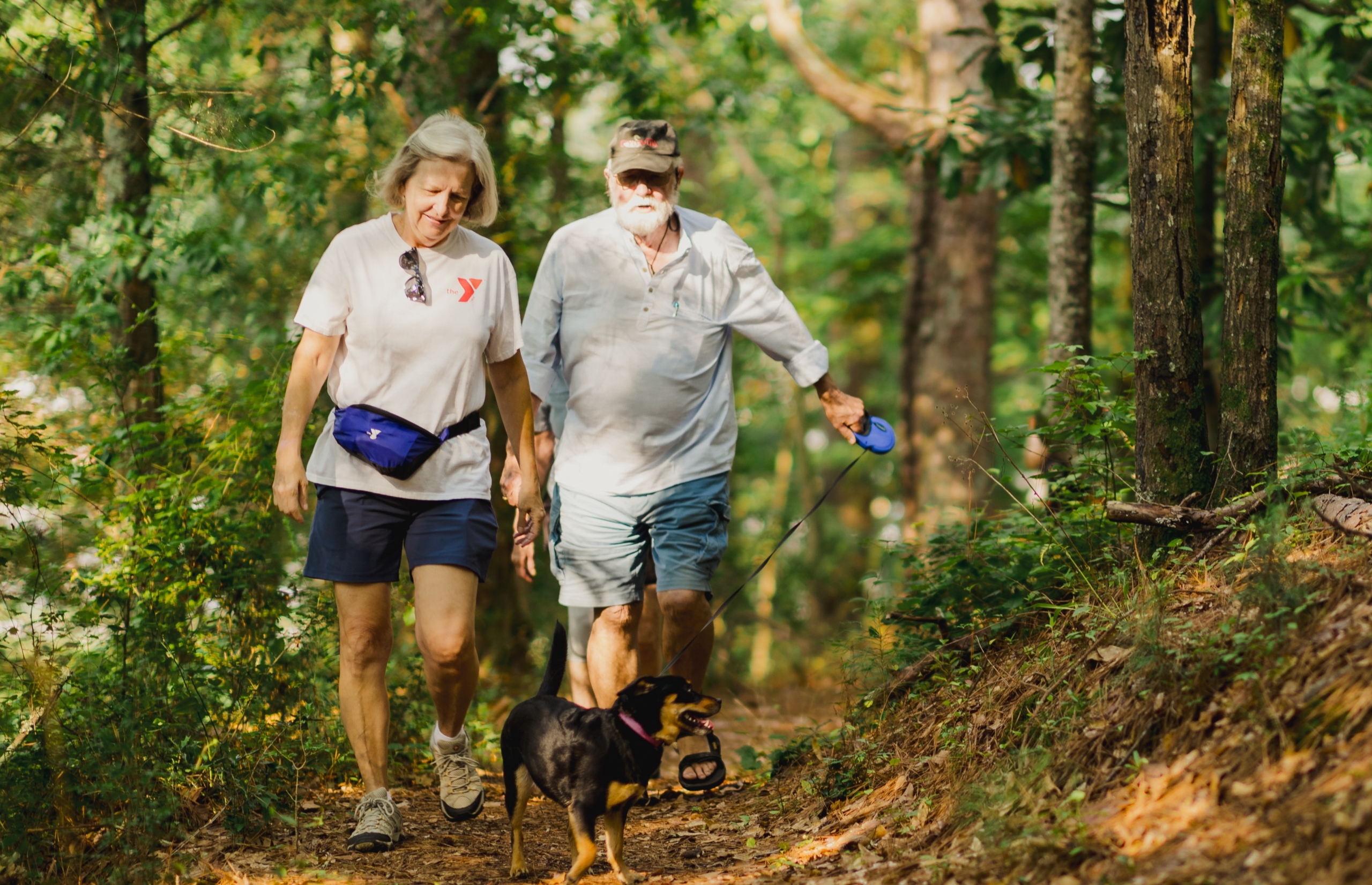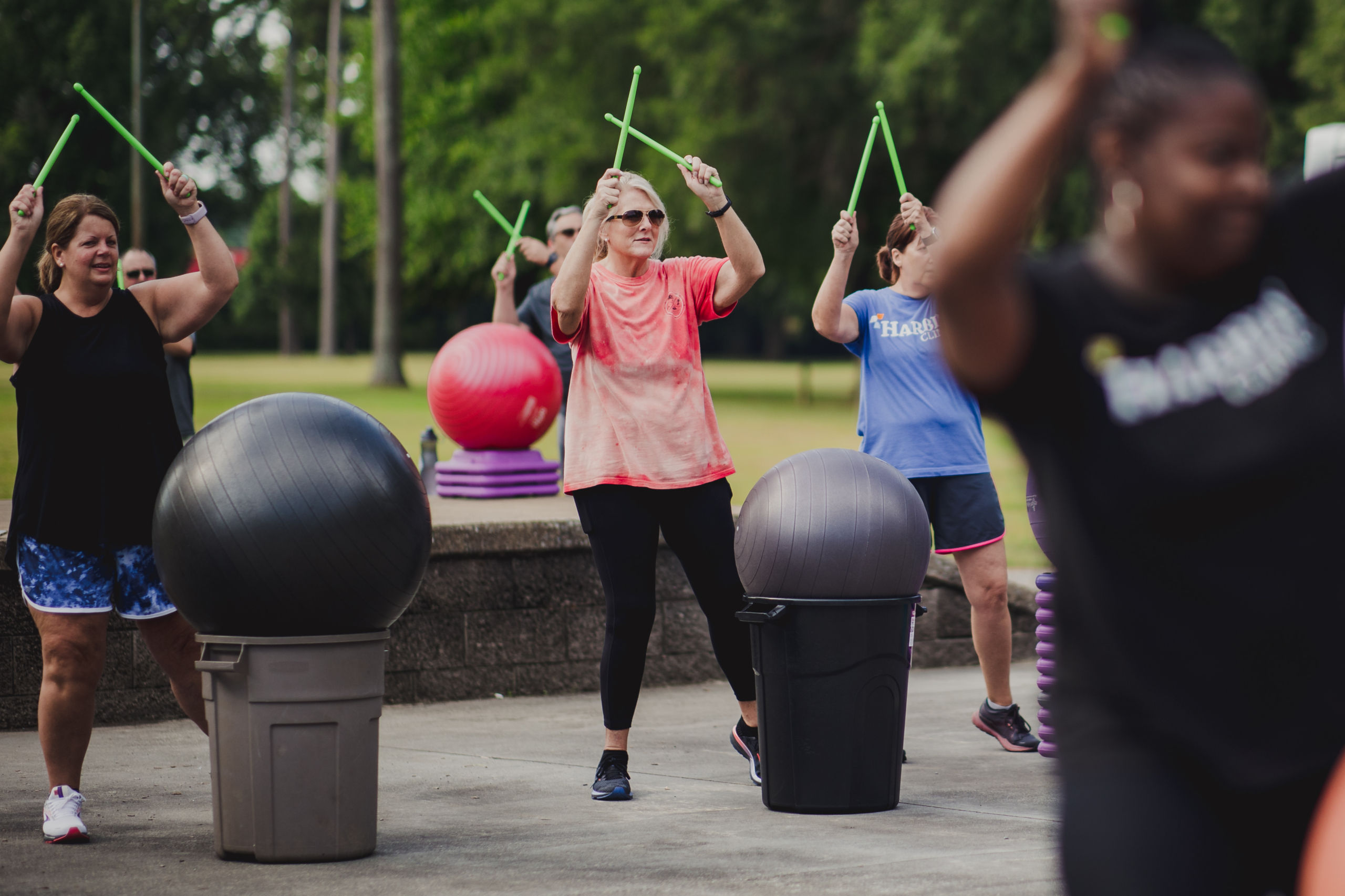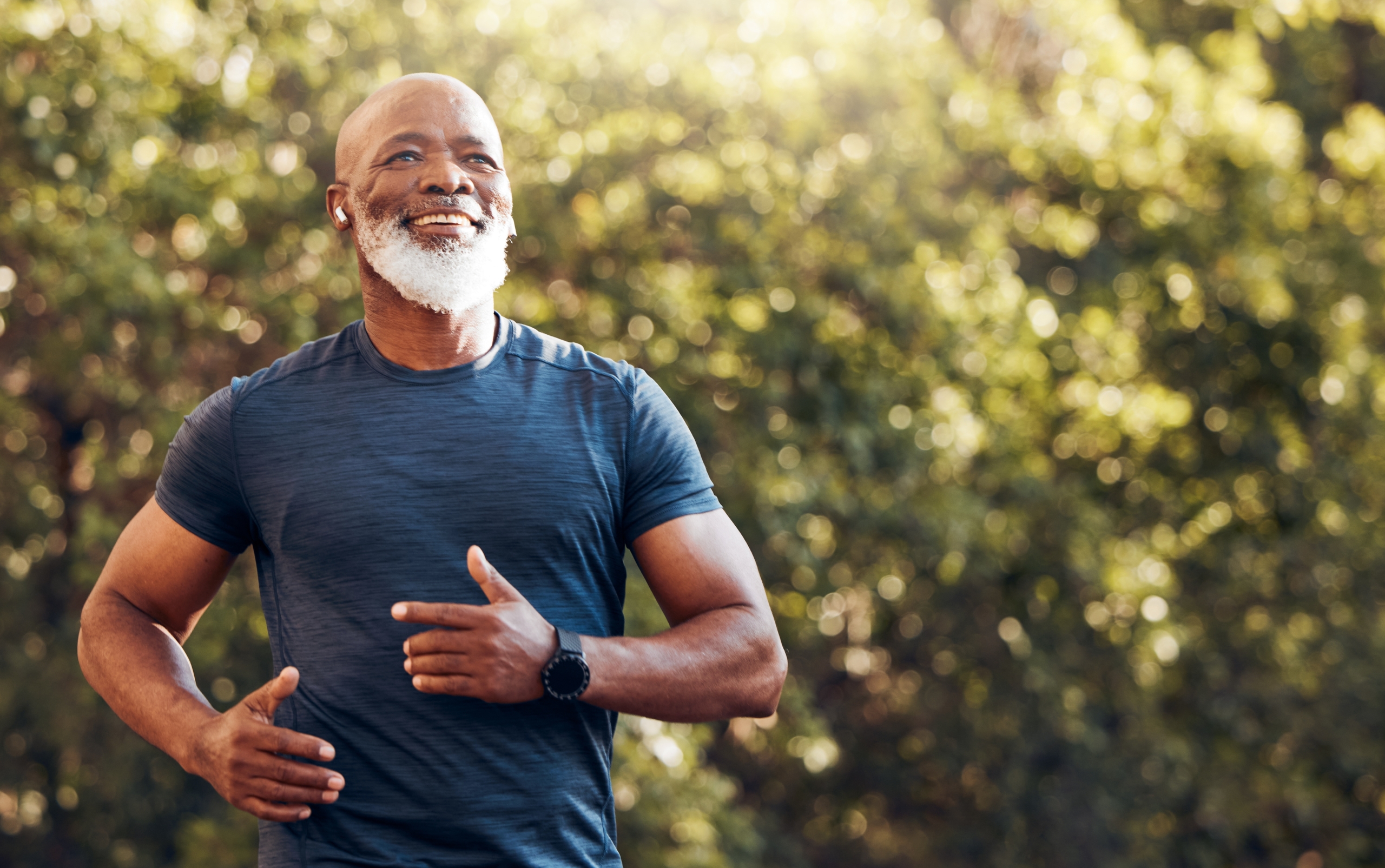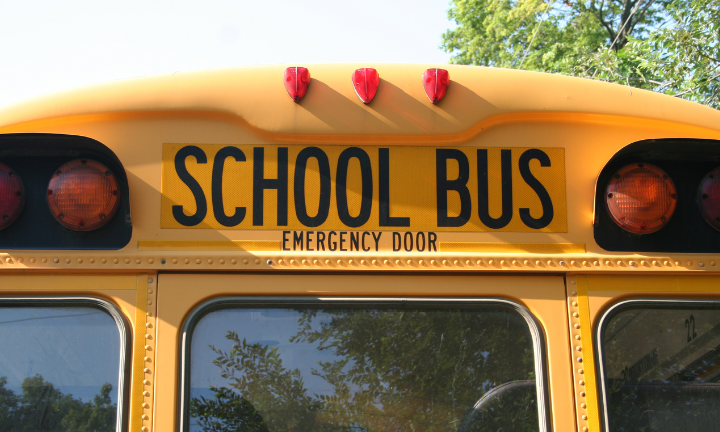Beat the Heat: Stay Safe and Hydrated This Summer

Summer brings sunshine, outdoor fun and plenty of reasons to get moving, but rising temperatures can also come with real health risks. According to the Centers for Disease Control, heat-related illnesses send over 67,000 people to the ER and cause more than 700 deaths in the U.S. each year. This summer, Harbin Clinic primary care physicians are encouraging patients to learn more about the best ways to stay hydrated.
Spot the signs of heat illness
There are five main types of heat-related illness, ranging from mild to life-threatening:
- Heat Rash – Itchy red bumps caused by blocked sweat glands.
- Heat Cramps – Painful muscle spasms from electrolyte loss through sweat.
- Heat Syncope – Fainting due to low blood pressure from heat exposure.
- Heat Exhaustion – Heavy sweating, dizziness, nausea and fatigue.
- Heatstroke – A medical emergency marked by confusion, red/dry skin and high body temperature. Emergency services should be contacted immediately.
“If you are concerned or unsure,” said family medicine physician Dr. Karen Eberhart, “it is always best to check in with your medical provider. The heat can really take people by surprise, especially in Georgia in July and August.”
Who is most at risk?
- Young children and older adults
- Individuals with heart conditions or high blood pressure
- Athletes and outdoor enthusiasts
- Anyone not yet acclimated to the heat
Simple ways to stay cool and safe
- Hydrate regularly before thirst kicks in.
- Wear light, breathable clothing and wide-brimmed hats.
- Schedule outdoor activities for cooler parts of the day.
- Take frequent breaks in the shade or indoors.
- Watch for symptoms and act quickly if they appear.
Replenish and recover
Staying hydrated is not just about drinking water. Foods like fruit and smoothies can also help cool the body and restore lost fluids. After a long walk or workout, signs like a salty residue on skin or clothes may indicate electrolyte loss. Replenishing the body with bananas, avocados or leafy greens can help restore balance.
- Quick smoothie idea: Blend watermelon, cucumber, coconut water and a splash of lime juice. Watermelon is packed with water and electrolytes, and a scoop of protein powder or nut butter adds a recovery boost.
After intense activity, the body also needs carbohydrates and protein to refuel and rebuild.
- A cold whole wheat pasta salad with chicken, tofu or chickpeas, plus fresh veggies and a light olive oil dressing, makes a great post-activity meal. Even a cold glass of chocolate milk can do the trick. It is a simple, effective recovery drink.
Cooling down with cold foods and taking time to rest are just as important as staying active. Recovery helps regulate body temperature and supports overall health. As always, it’s a good idea to check with a healthcare provider about the right level of outdoor activity for individual needs.
Want more advice on personal health goals, activity levels and more? Make an appointment with a primary care physician today at https://harbinclinic.com/primarycare/.


